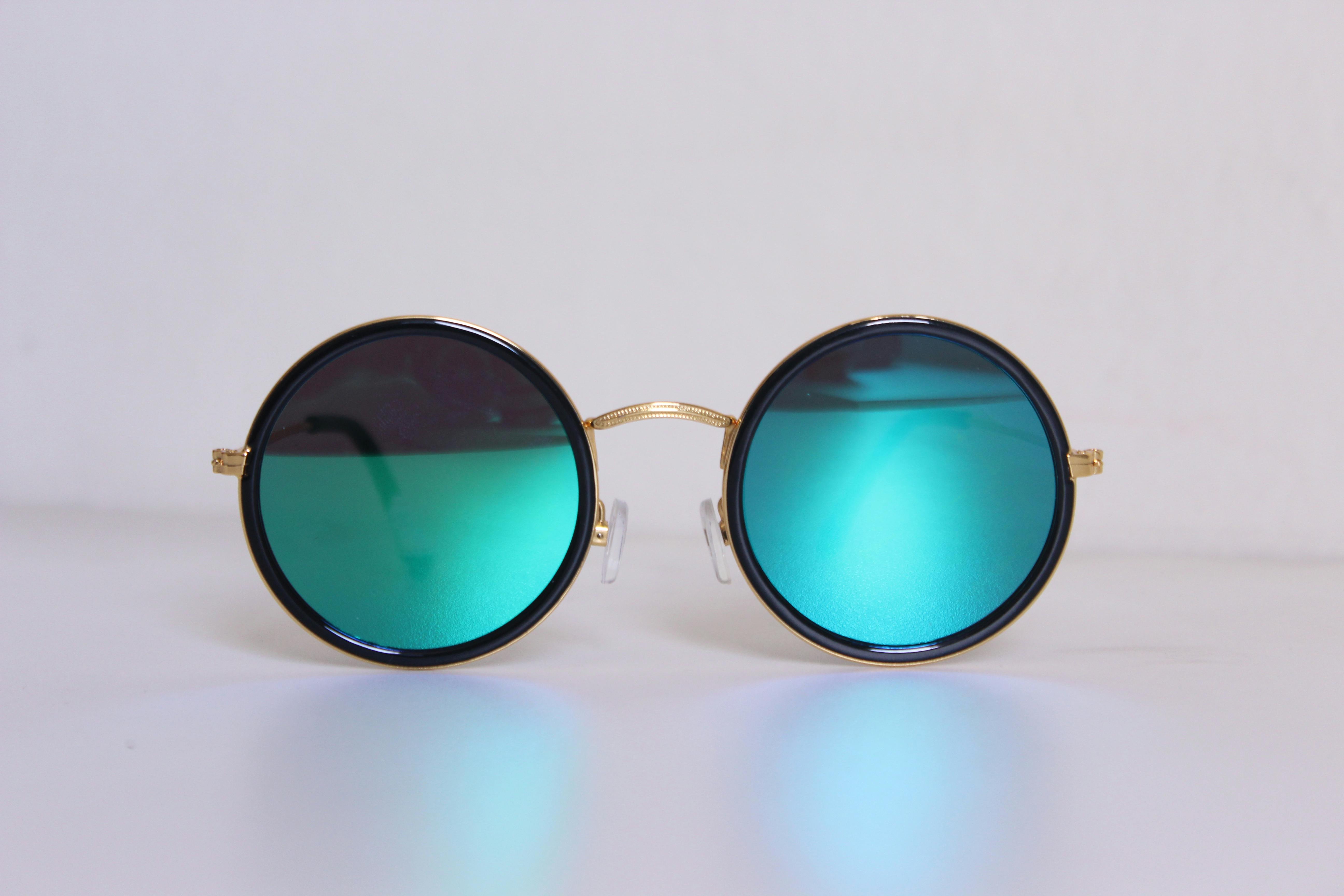Since molds are ubiquitous, it is really difficult to avoid exposure to molds. Molds, fungus, fungi and harmful microscopic organisms are everywhere. Like all other members of the ecosystem, mold and fungi are vital to maintaining the environmental balance. By breaking down organic matter into simple hydrocarbons, they continue the circulation of carbon and energy through the food chain. Soil without mold, fungus, and other similar organisms would become difficult to live on.
Mold bodies do not contain chlorophyll. They depend on dead organic matter for food. As they collect nutrients, they break down complex organic matter into simple forms of hydrocarbons. In this way they carry out their own share of responsibility for the ecosystem.
But, when these molds contaminate the indoor environment, they become problematic. Being a primitive organism, molds and fungi reproduce by releasing spores. The high density of mold spores in the air causes health problems. Apart from this, some toxic black molds produce mycotoxins that are harmful to human health. Mold, mold spores and mycotoxins create serious health problems.
Allergic reactions:
Molds, spores, hyphae and mycelial sections are allergens, that is, the human body shows allergic responses to these components. Like any other antigen, when mold spores, hyphae or mycelial parts enter our system; the body releases antibodies to protect the infection.
Not all people react to mold and mold spores. Also, the number of allergy-causing mold fragments is not fixed for everyone. Some people are hypersensitive to foreign particles. Even some subjects are also allergic to pollen. Hypersensitive people should always try to avoid exposure to mold. Mold allergy symptoms include watery eyes, puffiness around the eyes, throat irritation, runny nose, extreme coughing and sneezing, asthma, and more.
Some molds can cause skin rashes and skin infections. Dry skin, feet, and nails are prone to such molds.
opportunistic infections:
People with a healthy immune system are not vulnerable to these types of infections. However, people with a compromised immune system suffer greatly, as they are less able to fight infections. Therefore, immunocompromised people need better protection against black mold and fungus.
Diseases like AIDS, cancer fall into this category. HIV does a lot of damage to the immune system. Chemotherapy, immunosuppressive drugs also lead to impaired immune system. People undergoing similar treatment need special care and must avoid mold infection at all costs.
Toxic Effects:
Mold and mildew produce volatile and nonvolatile compounds that cause toxicity in the environment. The musty odor observed at the site of mold contamination is due to these compounds. These compounds produced by foodborne molds cause an unpleasant taste and odor in contaminated food.
Mycotoxins, non-volatile compounds, are produced by molds during their metabolism. Mycotoxins spread throughout the mold colony, including the substrate on which it has grown. Spores released from toxic mold colonies, toxic black mold fragments when aerosolized, the chances of toxic infection increase.
Among the various reactions to mycotoxins, flu-like symptoms, sore throat, headache, diarrhea, fatigue, cough, dermatitis and rash, immune system malfunction are some of those mentioned.
Preventive measures:
Black mold and fungus cannot grow without moisture. Keeping the building environment dry prevents mold growth inside. However, if they do grow anyway, remove the mold with natural cleaning products.
Not all people are allergic to mold. Those who are hypersensitive should carefully avoid exposure to mold. Keeping your home, office, and other indoor environments clean and dry helps prevent mold growth.




Recent Comments